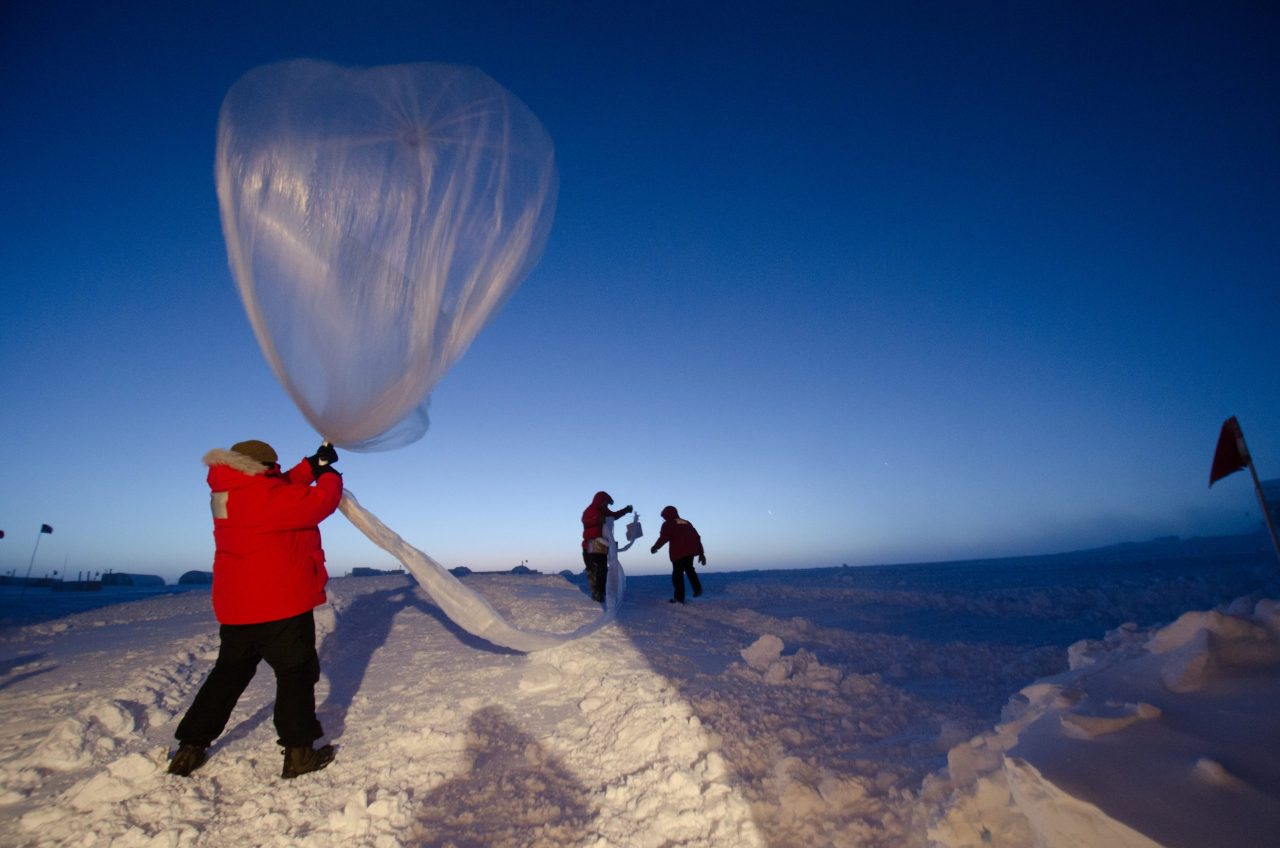Citizen science is a collaborative approach to scientific research, in which members of the public participate in collecting, analyzing, and interpreting data. In Germany, citizen science is playing an increasingly important role in monitoring and understanding the loss of biodiversity in Europe. By engaging citizens in scientific research, scientists in Germany are able to gather large amounts of data over wide geographic areas and gain insights into ecological patterns that would be difficult to obtain using traditional research methods.
One example of a citizen science project in Germany is the Biodiversity Exploratories project. This project involves a network of scientists, landowners, and volunteers who work together to collect data on the biodiversity of forests, grasslands, and agricultural landscapes. The project is based on the principle of citizen science, with volunteers playing a crucial role in data collection, including bird surveys, vegetation assessments, and soil sampling. This approach has allowed scientists to gather data across large areas and over long periods of time, providing valuable insights into the dynamics of ecological systems and the impact of human activities on biodiversity.
Another example of a citizen science project in Germany is the German Butterfly Monitoring Scheme (GMS). The GMS is a long-term monitoring program that involves volunteers collecting data on the abundance and distribution of butterflies across the country. The project has been running since 2005 and has generated a large dataset that has been used to track changes in butterfly populations over time. This has helped scientists to better understand the factors that affect butterfly populations, such as climate change and habitat loss, and to identify areas where conservation efforts are most needed.
Citizen science has also played an important role in understanding the impact of climate change on biodiversity in Germany. For example, the German Weather Service has developed a mobile app called “Naturblick“, which allows citizens to report on the phenology (seasonal timing) of plants and animals in their local area. By gathering this data from a wide range of locations across the country, scientists are able to gain a better understanding of the impact of climate change on the timing of key ecological events such as flowering, migration, and hibernation.
In addition to providing valuable data on biodiversity, citizen science can also help to engage the public in environmental issues and promote a greater understanding of the importance of biodiversity conservation. By involving citizens in scientific research, scientists in Germany are able to build partnerships with communities and stakeholders, foster a sense of ownership and responsibility for the environment, and promote a culture of environmental stewardship.
In conclusion, citizen science is playing an increasingly important role in monitoring and understanding the loss of biodiversity in Europe, including in Germany. By engaging citizens in scientific research, scientists are able to gather large amounts of data over wide geographic areas and gain insights into ecological patterns that would be difficult to obtain using traditional research methods. Citizen science also helps to engage the public in environmental issues and promote a culture of environmental stewardship.
